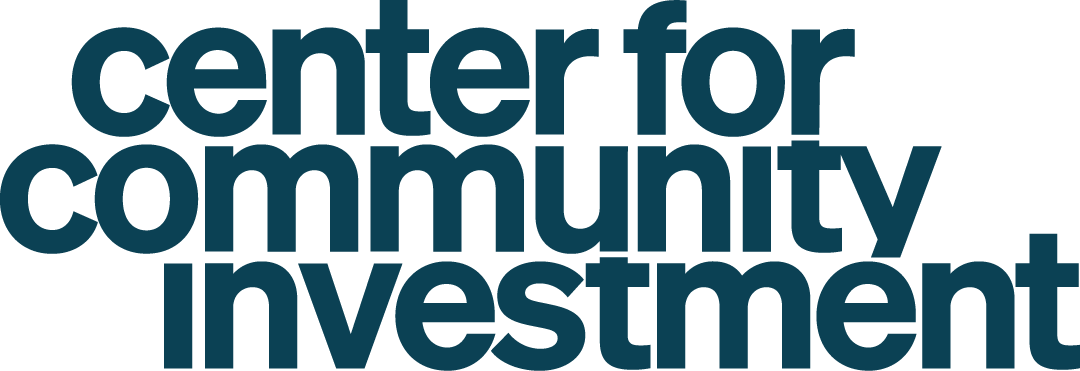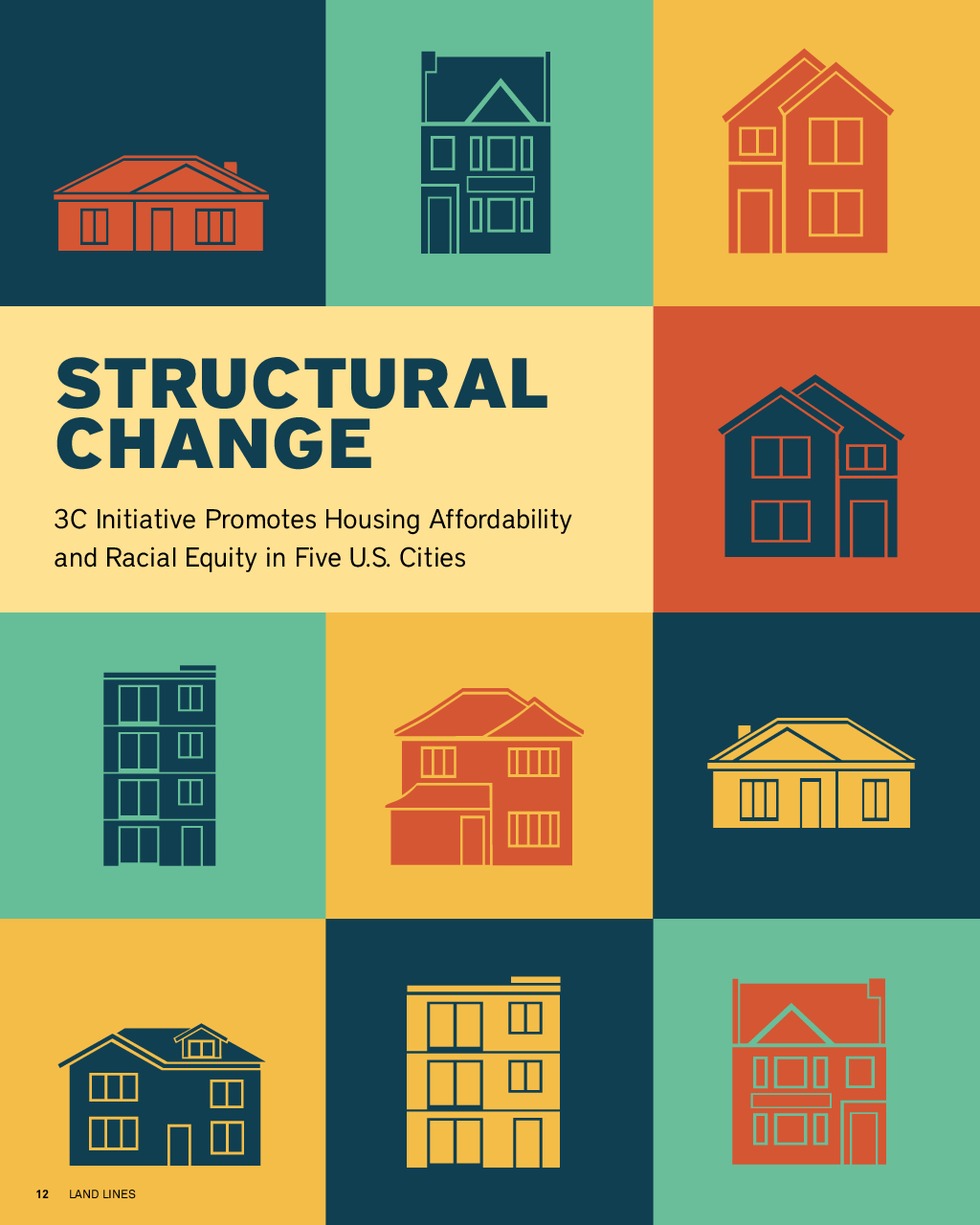This report in the April 2023 edition of the Lincoln Institute of Land Policy’s Land Lines Magazine explores how the five Connecting Capital and Community cities are addressing the racial wealth gap through affordable housing. Read the full article here.
Cities around the country are facing severe housing challenges, and communities of color are especially hard hit. Many have been struggling for years, but the pandemic exacerbated the situation, leading to surging home prices and rising rents, particularly in big cities. Those increases have slowed somewhat since mid-2022, but they haven’t stopped, and residents are fighting simply to maintain their footholds, let alone buy homes and grow their wealth.
There’s a giant gap in U.S. homeownership rates—almost 75 percent of white households own their homes, compared to 45 percent of Black households and 48 percent of Latino households—and it’s a big source of the nation’s racial wealth disparity. But affordable single-family homes that could begin to address that problem aren’t being produced at anything close to the scale needed.
Efforts to preserve and expand affordable housing while building community wealth have faced challenges ranging from restrictive local development policies to construction slowdowns caused by staffing and supply chain issues. The Center for Community Investment’s Connecting Capital and Community initiative (3C), established in partnership with JPMorgan Chase, seeks to address these challenges using a fundamentally different approach.


